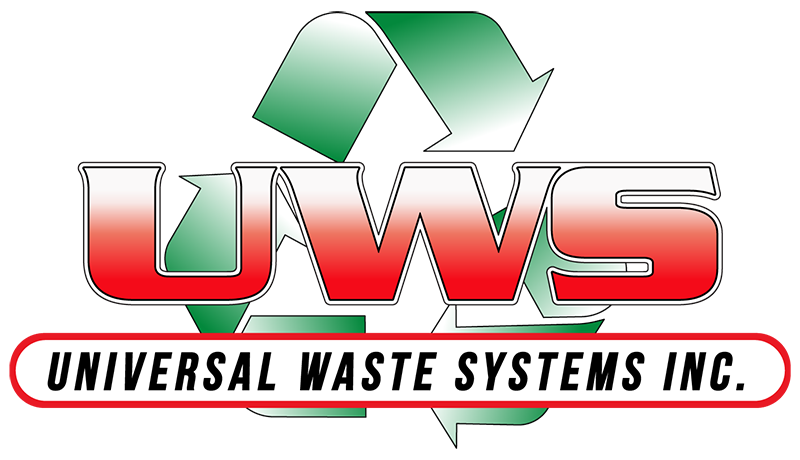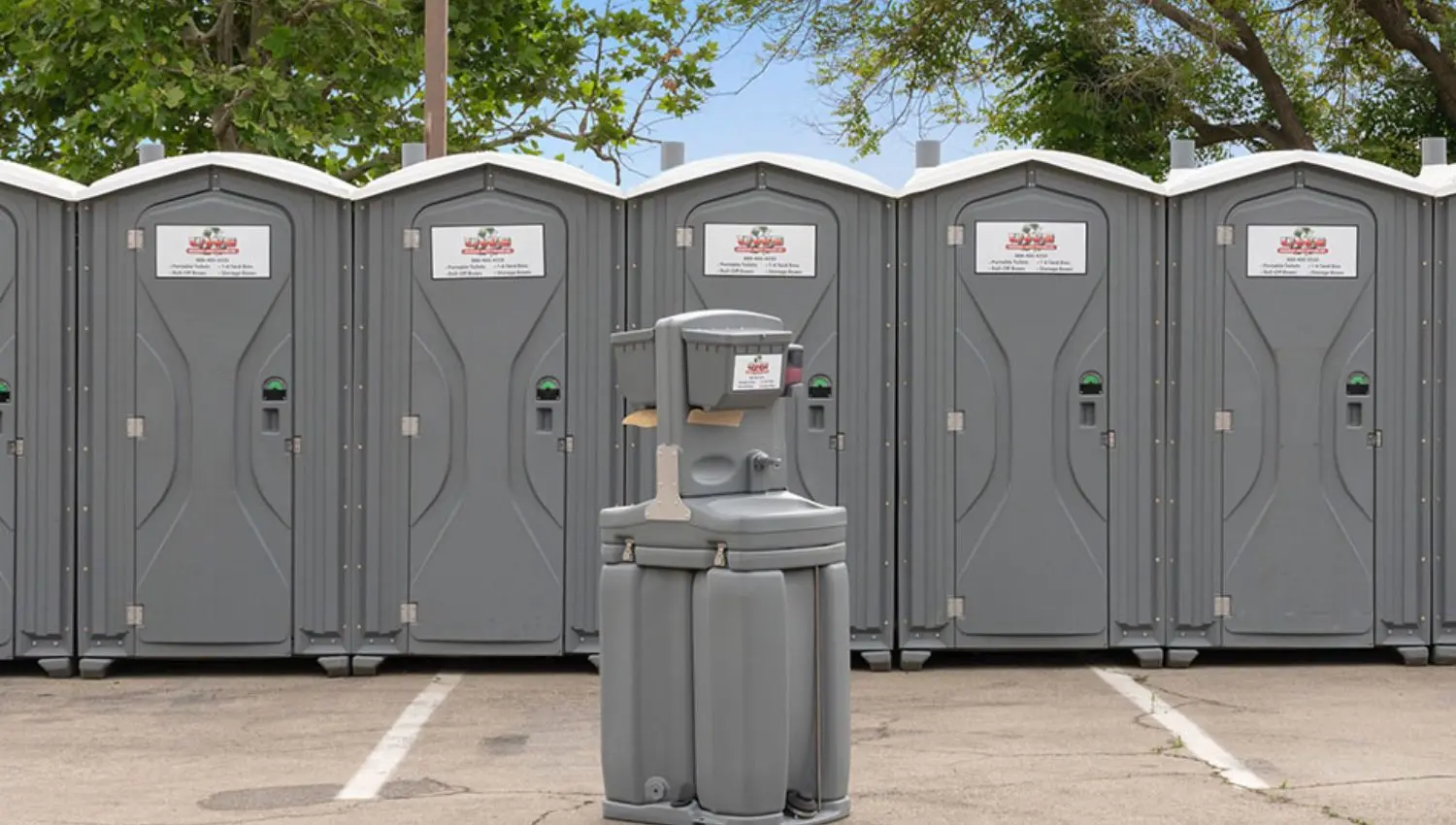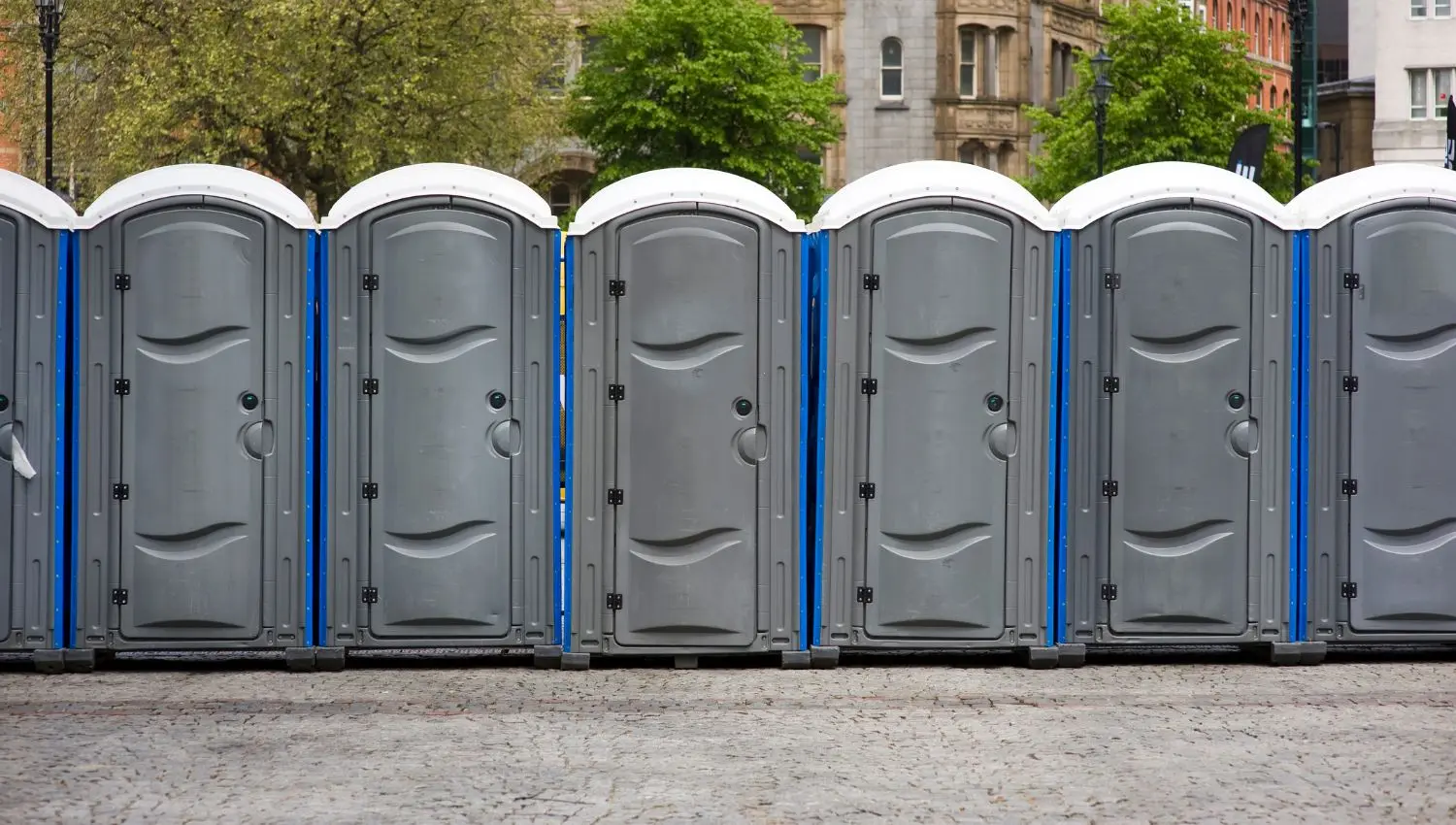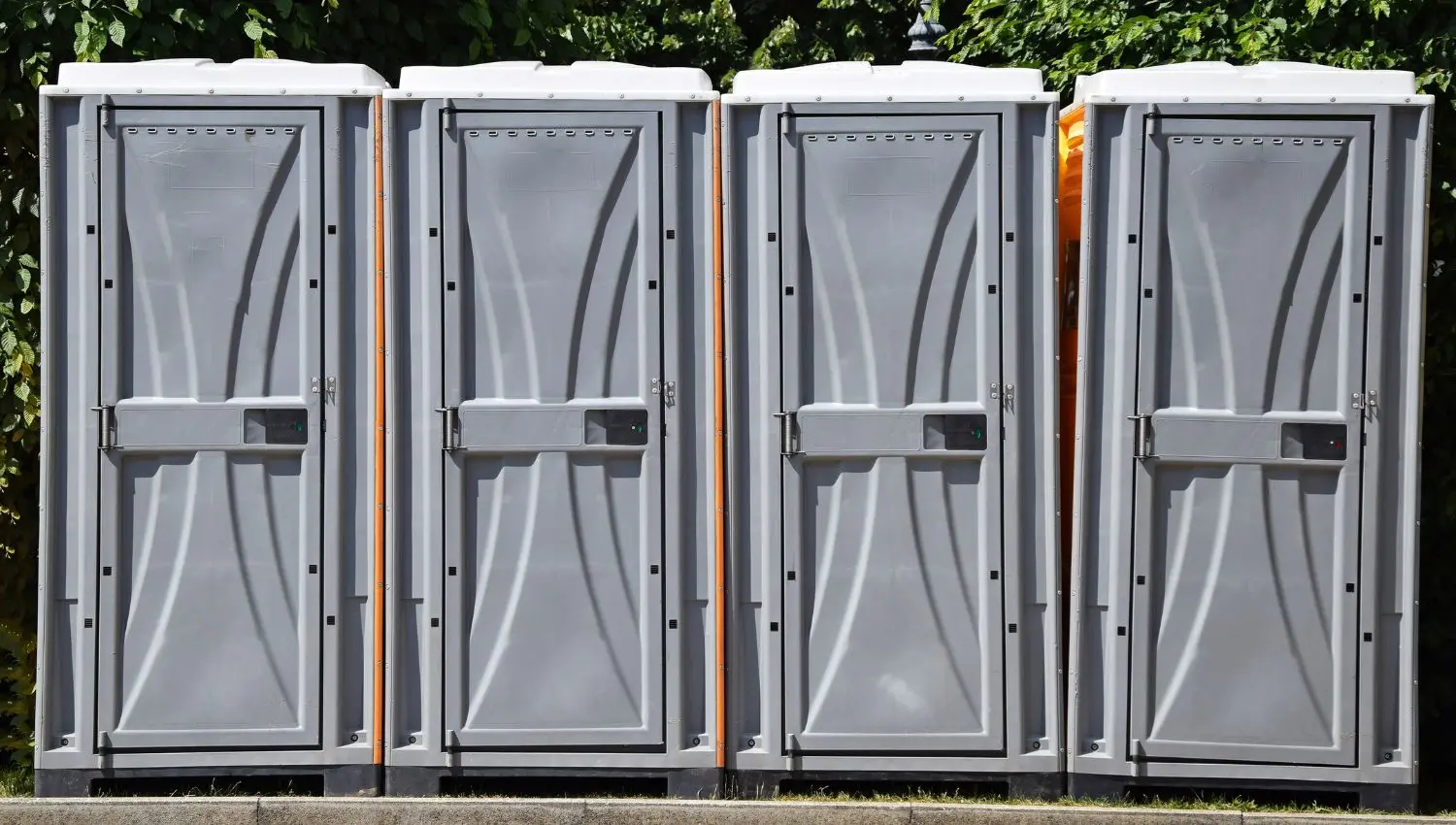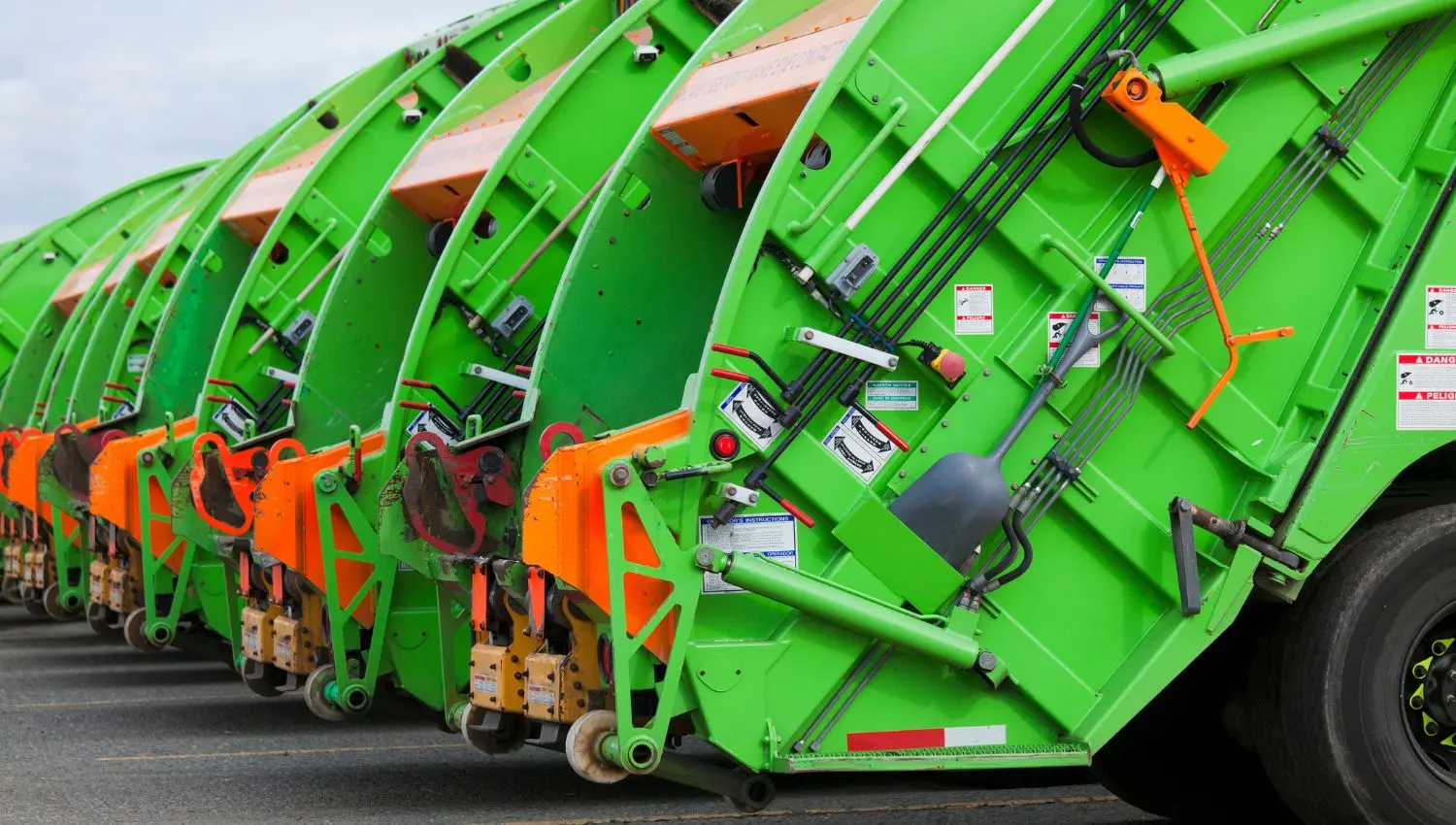Wheelchair accessibility has transformed participation for people with disabilities at outdoor events, construction sites, and public gatherings—but only when proper facilities exist. Traditional porta potties create insurmountable physical barriers: narrow doorways that wheelchairs cannot navigate, cramped interiors offering no maneuvering space, step-up entries blocking access entirely, and absent grab bars making transfers impossible. These barriers don’t just inconvenience users—they exclude millions of Americans from fully participating in community life and employment opportunities.
ADA porta potties solve this problem by combining legal compliance with genuine accessibility. These specialized units meet Americans with Disabilities Act standards through spacious interiors accommodating wheelchairs, wide doorways with ramp access, strategically placed grab bars for stability, and thoughtful design enabling independence and dignity for users with mobility challenges.
Universal Waste Systems has made accessible sanitation a cornerstone of our service across Arizona, California, and New Mexico. We understand that ADA compliance represents more than checking regulatory boxes—it’s about ensuring every person can participate fully in events and projects without facing unnecessary obstacles to basic facilities.
What Are ADA Porta Potties?
Defining ADA Porta Potties
ADA porta potties are portable restrooms specifically designed to meet Americans with Disabilities Act standards for accessibility. These units are engineered for wheelchair users and people with mobility challenges, featuring a significantly larger footprint and specialized features compared to standard porta potties. The design prioritizes dignity and independence, allowing users to access facilities without assistance when possible while providing space for caregivers when needed.
Key Design Elements
Spacious interiors provide minimum 60-inch by 60-inch floor space—some units offer even more room. Wide entry doors feature a 32-inch minimum clear opening for wheelchair passage. Ramp access eliminates steps that block wheelchair users. Interior grab bars mount strategically on walls for stability during transfers. When equipped with sinks, placement stays within accessible reach ranges. Proper exterior signage featuring the International Symbol of Accessibility identifies units clearly.
Who Benefits
Wheelchair users gain turning radius and transfer space impossible in standard units. People using walkers, canes, or mobility aids find adequate room for equipment. Individuals with balance or stability challenges use grab bars for support. Caregivers assisting people with disabilities have space to provide help. Elderly attendees benefit from grab bar support. Anyone appreciates the more spacious, comfortable facilities.
Understanding Federal and Local Accessibility Standards
Federal ADA Standards
The Americans with Disabilities Act establishes accessibility requirements through Title II (covering state and local government) and Title III (covering public accommodations and commercial facilities). These titles mandate specific dimensional and feature requirements for portable restrooms at covered locations. The Department of Justice enforces ADA standards, treating accessibility as fundamental civil rights protection for people with disabilities rather than optional accommodation.
When ADA Porta Potties Are Mandatory
Public events and festivals open to attendees require accessible restrooms. Construction sites must provide ADA units under OSHA requirements ensuring worker accessibility. Government and municipal projects fall under strict compliance mandates. Commercial properties undergoing renovations need accessible temporary facilities for workers and visitors. Any temporary facility setup at public venues requires ADA-compliant options.
Quantity Requirements
Minimum one ADA unit per facility cluster ensures basic accessibility. Common ratio guidelines suggest one ADA porta potty per 20 standard units, though this varies. State and local jurisdictions may impose stricter requirements than federal minimums. Venue-specific regulations sometimes mandate higher ratios based on expected attendance or facility purpose.
Consequences of Non-Compliance
Civil lawsuits bring significant legal liability and monetary damages. ADA violation fines accumulate daily until compliance is achieved. Project delays and work stoppages occur when inspectors identify violations. Reputational damage affects future projects and community relationships. Most importantly, non-compliance excludes attendees and workers with disabilities from full participation.
Accessibility Features That Make the Difference
Exterior Accessibility
Stable ramps are built with proper slope ratios meeting ADA specifications. Non-slip ramp surfaces prevent accidents in wet conditions. Wide doors open outward easily without requiring tight grip strength. Exterior handles operate simply, accommodating users with limited hand mobility. Units get placed on firm, level ground ensuring stability. Clear signage featuring the International Symbol of Accessibility remains visible from a distance.
Interior Space and Layout
Minimum 60-inch by 60-inch floor space provides baseline accessibility, though many units offer larger dimensions. The interior allows full 60-inch diameter turning radius for complete wheelchair maneuverability. Strategic toilet positioning optimizes transfer space. Unobstructed maneuvering areas eliminate navigation obstacles. Adequate room accommodates attendants when caregivers need to provide assistance.
Safety and Support Features
Grab bars mount securely on multiple walls at heights and positions specified by ADA guidelines. Secure mounting prevents movement during use. Non-slip flooring throughout the unit reduces fall risks. Stable construction with a wide base prevents tipping during transfers.
User-Friendly Amenities
Toilet seats sit at an accessible 17-19 inch height from the floor. Hand sanitizer dispensers mount within reach range for seated users. Toilet paper holders are positioned accessibly. Coat hooks install at appropriate heights. Battery or solar-powered interior lighting ensures visibility. Proper ventilation maintains comfort throughout use.
Optional Enhanced Features
Some units include flushable toilets, built-in hand washing sinks, mirrors positioned for seated users, larger waste tanks that extend service intervals, and climate control options for extreme weather conditions.
Why Standard Porta Potties Don’t Meet Accessibility Needs
Standard porta potties measure approximately 45 inches by 45 inches inside—far too cramped for wheelchair users who need minimum 60-inch by 60-inch space for turning and maneuvering. Narrow doors with step-up entries physically block wheelchair access, while ADA units provide wide doors with ramps making entry possible. Standard units lack grab bars entirely, whereas ADA units feature multiple strategically placed bars essential for safe transfers and stability.
Standard porta potties accommodate only individual use with no room for caregivers, while ADA units provide space for assistance when needed while maintaining privacy and dignity. Legally, standard units cannot substitute for ADA-compliant restrooms. Events and job sites must provide both types at compliant ratios—offering only standard units violates federal law and excludes people with disabilities from participation.
Planning for ADA Porta Potties at Your Event or Project
Determining Quantity
Calculate ADA porta potty needs based on attendance or workforce size, applying local ratio requirements—typically one ADA unit per 20 standard units minimum. Consider event duration and type, as longer or more active events increase usage. Account for distance between units and main activities, positioning multiple ADA restrooms throughout large venues for convenient access.
Strategic Placement
Create accessible routes connecting parking areas to ADA units. Place units on firm, level ground ensuring stability for ramp access. Position close to main activities without blocking pathways or emergency access. Locate near other accessible amenities like parking and seating. Protect from extreme weather when possible, and ensure adequate lighting for evening use.
Site Assessment
Evaluate ground conditions for firmness and levelness before delivery. Identify accessible pathways meeting ADA width and surface requirements. Consider drainage patterns preventing water accumulation around units. Check for overhead obstacles like tree branches or power lines that could complicate placement. Verify vehicle access for delivery trucks and servicing equipment.
Coordination Checklist
Confirm local ADA requirements with your municipality or venue. Obtain necessary permits for placement, especially on public property. Schedule delivery before your event or project starts. Plan servicing schedules maintaining cleanliness throughout. Communicate ADA unit locations clearly to attendees and workers. Designate someone responsible for monitoring accessibility throughout the event.
Rental Process and Service
Booking Process
Start by determining the quantity needed and rental duration for your event or project. Request a quote specifically mentioning ADA-compliant units to ensure proper equipment. Discuss placement locations and accessible route requirements with your rental provider. Schedule delivery coordinating with your project timeline and setup schedule. Arrange servicing frequency appropriate for your usage levels and event duration.
Delivery and Installation
Professional crews place units on prepared, level surfaces meeting accessibility standards. Ramps get properly set up and secured for safe entry. Placement gets verified for accessibility compliance before departure. Units arrive fully stocked with toilet paper, hand sanitizer, and supplies. A final walkthrough confirms proper setup and accessibility features function correctly.
Ongoing Service
Regular cleaning and sanitization maintain hygiene standards appropriate for accessible facilities. Supplies get restocked—toilet paper, hand sanitizer, and other essentials. Waste removal and tank servicing keep units functional throughout your rental period. Accessibility features receive inspection ensuring grab bars, locks, and ramps remain secure. Quick response addresses any issues that arise during your event or project.
Removal
Scheduled pickup happens promptly after your event or project completes. Flexible timing accommodates your breakdown schedule and site clearing needs. Site cleanup is included, leaving the area as we found it.
Investing in Accessibility
Pricing Factors
ADA porta potties carry higher base costs than standard units due to larger size and specialized accessibility features. Rental duration affects pricing—daily, weekly, and monthly rates vary. Delivery distance from our facilities influences total cost. Servicing frequency required for your event or project impacts pricing. Quantity discounts become available when renting multiple units. Package pricing combines ADA and standard units at reduced rates.
Return on Investment
Legal compliance prevents costly fines and lawsuits that dwarf rental expenses. Inclusive events attract wider participation from attendees who might otherwise skip inaccessible gatherings. Positive brand reputation builds when organizations demonstrate genuine commitment to accessibility. Meeting corporate social responsibility goals matters to stakeholders and customers. Worker satisfaction and retention improve on job sites providing dignified facilities for all employees. Peace of mind for organizers knowing they’ve met legal and ethical obligations.
Budget Planning
Factor ADA units into initial event or project budgets from the start. These represent non-negotiable expenses for compliant operations, not optional add-ons. The investment proves cost-effective compared to legal consequences of non-compliance. We provide transparent pricing with clear breakdowns and no surprise fees appearing later.
Why Choose UWS for ADA Porta Potty Rentals
Compliance Knowledge
Universal Waste Systems maintains deep understanding of ADA requirements at federal, state, and local levels. We provide guidance on proper quantities and optimal placement for your specific needs. Our experience spans diverse events and projects, from festivals to construction sites. Our wheelchair accessible porta potties meet all compliance standards.
Quality Equipment
Well-maintained ADA-compliant units receive regular inspections ensuring all accessibility features function properly. Clean, professional appearance reflects the quality your event or project deserves. Our units meet or exceed ADA standards, providing genuine accessibility rather than bare minimum compliance.
Professional Service
Trained delivery and service crews understand proper placement and setup procedures for accessible restrooms. Reliable servicing schedules keep units clean throughout your rental period. Responsive support addresses questions and concerns promptly.
Comprehensive Solutions
Beyond ADA units, we provide standard portable toilets, executive restrooms, and portable handwashing stations for complete sanitation packages.
Proven Experience
Three generations and 120 years of combined family experience serving Arizona, California, and New Mexico means we understand what works. Event planners and contractors trust us to deliver accessible solutions that meet legal requirements and user needs.
ADA porta potties represent essential infrastructure for accessible, compliant events and job sites. From proper specifications to professional service, every detail ensures people with disabilities can participate with dignity and independence. Contact Universal Waste Systems today to discuss your accessibility needs and get expert guidance on creating truly inclusive facilities.
Frequently Asked Questions
How big is an ADA porta potty compared to a standard unit?
ADA porta potties provide minimum 60 inches by 60 inches of interior floor space, while standard units measure approximately 45 inches by 45 inches. This significant size difference allows wheelchair turning radius and maneuvering impossible in standard units.
Do I legally need ADA porta potties at my event?
Yes, if you’re hosting public events, operating construction sites, or managing government projects. ADA compliance is legally required for these situations to ensure accessibility for attendees and workers with disabilities.
Can someone in a wheelchair use a standard porta potty?
No. Standard porta potties have insufficient interior space for wheelchair maneuvering, narrow doorways that block wheelchair entry, step-up entries, and lack grab bars essential for transfers. Only ADA-compliant units provide genuine accessibility.
How much does it cost to rent ADA porta potties?
ADA porta potties cost more than standard units due to larger size and specialized features. Pricing varies based on rental duration, quantity, delivery distance, and servicing frequency. We provide transparent quotes upfront.
Where should I place ADA porta potties on my site?
Place units along accessible routes connecting to parking and main activities. Choose firm, level ground for stability. Position near other accessible amenities while avoiding pathway blockages or emergency access interference.
How often do ADA porta potties need servicing?
More frequently than standard units due to higher usage and importance of maintaining accessibility standards. Daily servicing is recommended for busy multi-day events to ensure cleanliness and proper function.
What’s included with an ADA porta potty rental?
Rental includes delivery to your site, professional setup with ramp installation, initial supply stocking, scheduled servicing throughout the rental period, and pickup after your event or project completes.
